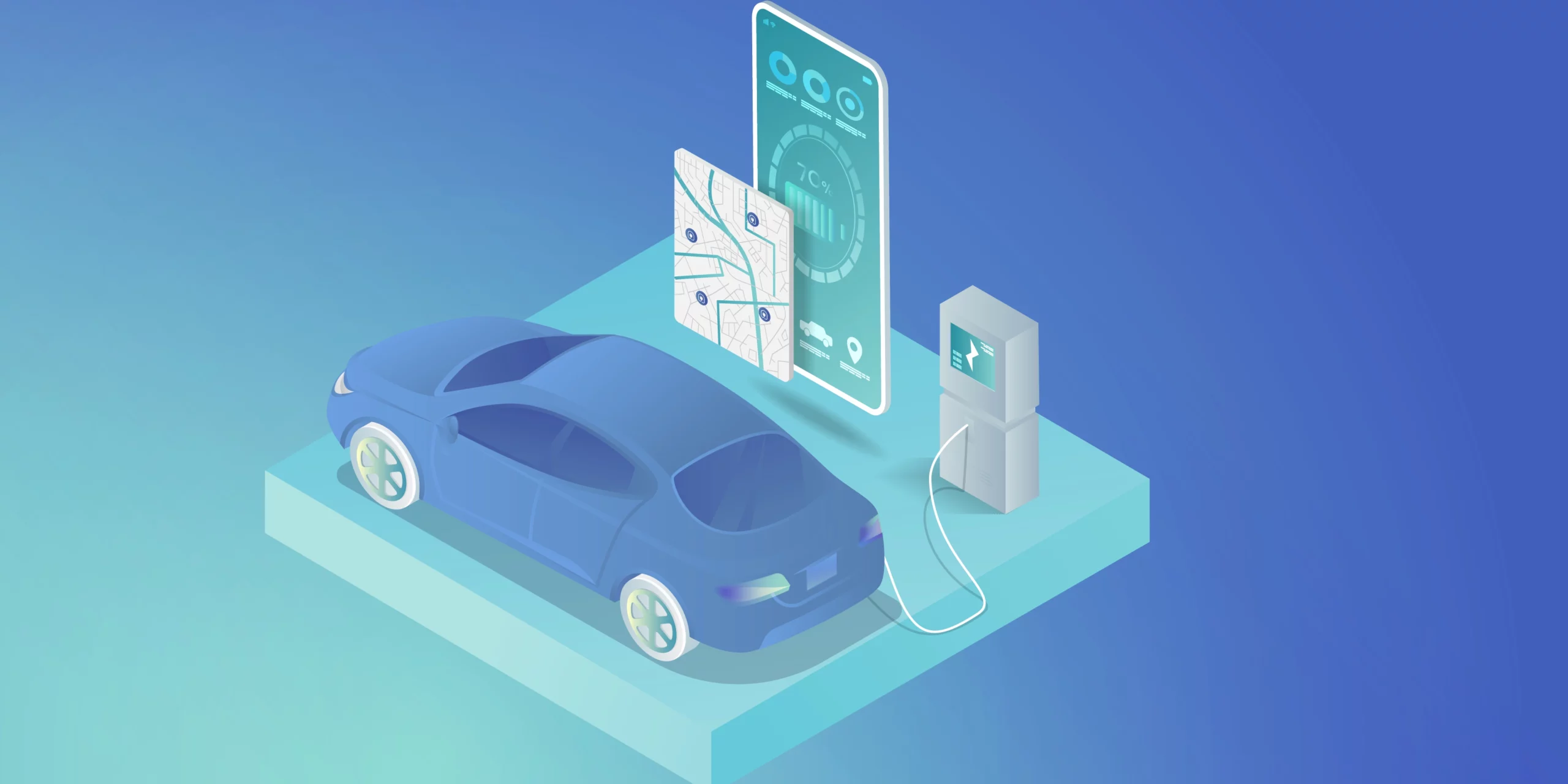Tips on Mastering the Art of Learning New Technologies and Transitioning Between Them

Learning new technologies is always challenging, but it is also crucial for self-development and broadening professional skills in today’s rapidly developing IT world.
The process may be split into two phases: learning the basics and increasing our expertise in areas where we already have the basic knowledge. The first phase is more challenging and demanding. It often involves some mind-shifting and requires us to build a new knowledge system on which we don’t have any information. On the other hand, the second phase, often called “upskilling,” is the most important as it gives us the ability to develop real-world projects.
To learn effectively, it’s important to organize the process of acquiring knowledge properly. There are several key things to consider when planning day-to-day learning. Let’s define the basic principles and key points of how to apprehend new programming technologies. First, we’ll describe the structure of the learning process.
Structure of the process of learning new technologies
Set a global but concrete goal
A good goal helps you stay driven. It’s important to keep motivation high, especially in the learning basics phase, where we acquire new knowledge, which is often tedious. The goal should be concrete, e.g., “Learn AWS to build more efficient infrastructure,” “Learn Spring Boot to develop more robust web apps,” or “Learn Kubernetes to work on modern and more interesting projects.” Focusing on such goals gives us the feeling that we know precisely why we keep progressing. This approach is especially helpful when we work on a project while learning at the same time, and it helps keep us motivated.
Set a technical task
Practical skills are the whole point of learning new technologies. Training in a new programming language or theoretical framework is only a tool that lays the foundation for practical application.
The best way to learn new technology is by practicing it. For this purpose, it’s helpful to set up test projects. Imagine which real-world task fits the framework or language you’re learning and try to write test projects for such a task. It should be a simplified version of an actual hypothetical project.
Focus on a small specific area that is currently being studied. Use it in the project, simplifying the rest of the setup or code. E.g., if you learn some new database framework, you should design entities, the code that does queries, etc, precisely and with attention to detail. At the same time, do only the minimum for the rest of the app. E.g., application configuration may be a basic or out-of-the-box solution provided by the framework.
Use a local or in-memory database. Don’t spend too much time on setup or writing complicated business logic code for the service or controller layer. This will allow you to focus on learning the subject you’re interested in. If possible, it’s also a good idea to keep developing the test app by adding another functionality that utilizes new knowledge as you walk through the learning path (rather than writing another new test project from scratch for each topic).
Theoretical knowledge learning
Theoretical knowledge is the background for practical work with a framework or programming language. This means we should not neglect it. Some core theoretical knowledge is always required to use technology. This is especially important when we learn something completely new. We should first understand how to think in terms of the paradigms or rules of the technology we’re learning. Do some mind-shifting to understand the technology and its key concepts.
You need to develop your understanding of the basis on which the technology is built to such a level that you will be able to associate new knowledge with that base and understand how it works in relation to it. For example, functional programming would be a completely different and unknown concept for someone who previously worked only using OOP. To start using functional programming, it’s not enough to know what a function is; we have to understand main concepts like lambda calculus, pure functions, high-level functions, etc., at least at a basic level.
Create a detailed plan for learning new technologies
Since we learn step by step, we need to define how to decompose our learning path for technology into smaller chunks. Breaking down the topics into smaller pieces can make it easier to learn. Rather than “learn Spring Boot” or “learn DB access with Spring,” we should follow more granular steps like “learn Spring IoC,” “learn Spring AOP,” and “learn JPA.”
A more detailed plan can make the learning process easier. While it may be clear that the initial steps should cover the basics and become more advanced with each topic, determining the order in which to learn each topic can be tricky. A properly made learning plan guarantees that our knowledge will be well-structured, and all the important information will be covered. Having such a plan also helps track progress.
When planning, it is beneficial to utilize modern tools that can help visualize the structure of the learning path. Tools such as Trello, which organizes work into boards, task lists, and workspaces, can be especially helpful. These tools enable us to visualize learning paths and track progress as we learn.
Revisit previous topics
When learning about technologies, topics can often have complex dependencies, sometimes even cyclical. This means that to learn one topic, we may need to have some understanding of another. It sounds complicated, but don’t let it worry you – our brain can deal with way more complex things.
When we learn, we initially understand the first topic on a basic level, which allows us to move on to the next topics. However, as we continue to learn and acquire further knowledge, our understanding of the initial topic becomes deeper. Revisiting previous topics can help us achieve a deeper and better understanding of the technology.
Tips on learning strategies
Now, let’s explore some helpful tips for learning new technologies. These suggestions are more general and aimed at making the learning process more efficient.
Overcome reluctance
Extending our thinking or adding new concepts to what we know requires much effort. So, it’s natural for our brain to resist. When we learn something new, we may feel uncomfortable because we don’t understand the whole technology, even in general, and we see how much knowledge there is to be acquired within it.
Here are some tips that may be useful to make the learning process easier and less tiring.
1) Don’t try to learn as much as possible. Focus on the basics within each topic first. Then, learn the key things required to its practical application. As you study more advanced topics, revisit some of the previous ones. This allows you to get a better and deeper understanding of the material.
2) Try to find some interesting topic that you enjoy exploring at the moment. If you have multiple options, pick the one you like the most. Learning is much more efficient if we study something that interests us. While working on some feature or task in the current or past project, you were probably curious about how certain things worked. Or you just like the architectural approach or pattern to the specific task. Finding a similar topic or concept in your learning plan is the best way to utilize such curiosity. Even if it’s a bit more advanced, your brain will show more enthusiasm for such material than for something that is simpler but seems dull.
3) Split the task into intermediate, smaller goals. Learning small steps rather than deep diving into large topics is easier. The feeling of having accomplished intermediate goals helps to retain motivation and move forward.
4) Track the progress. It’s not just a formality. It helps to ensure your velocity and keep track of the timing. If some steps take more time, tracking progress will allow you to adjust the learning plan accordingly. Moreover, observing the progress provides a feeling of satisfaction about the intermediate achievements.
5) Ask questions, even about the basics. When you learn, there is no such thing as a stupid question. If you feel stuck with some step of the learning plan, searching for help from others will speed up the process.
Learn new technologies systematically and frequently
Learning new technologies frequently with smaller portions is often more effective. Timing is crucial when acquiring new knowledge, and it may not be efficient to learn immediately after a long, intensive workday as our brains may feel exhausted. If we are working on projects in parallel with learning, we could set aside time in the morning to focus on learning. Alternatively, we could learn after work hours, but only after resting and if the tasks during our workday do not require too much concentration or mental effort.
Frequency is also important. E.g., an all-day learning session only one day per week is not as effective as spending 1-2 hours each day on acquiring knowledge. But it’s just an example. Everyone should determine the optimal learning time-to-frequency ratio on their own, as it varies from person to person.
Experiment with new technology
A great way to learn is by exploring new technology. Trying to do the same task with different approaches gives a better understanding of how we may use the framework or programming language. Experimentation can improve our understanding of technology in a similar way to gaining experience on real projects. We can improve our knowledge and understanding of the technology by solving similar tasks while working on different projects or features.
Explain it to others
Explaining to someone else helps us structure and organize our own knowledge. Even if we don’t fully understand the topic, explaining it may help us connect the dots. The trick here is that when we describe something to someone, we repeat and rethink our knowledge. In such a way, we consolidate some parts that we know but don’t fully understand, or that simply aren’t connected.
Summary
This article described the key points of organizing how to learn new technologies. We described the main approaches to structuring learning and provided some steps to take. A properly structured and well-organized learning process makes gaining new technical knowledge efficient and easy.
Check related articles
Read our blog and stay informed about the industry's latest trends and solutions.
see all articles





